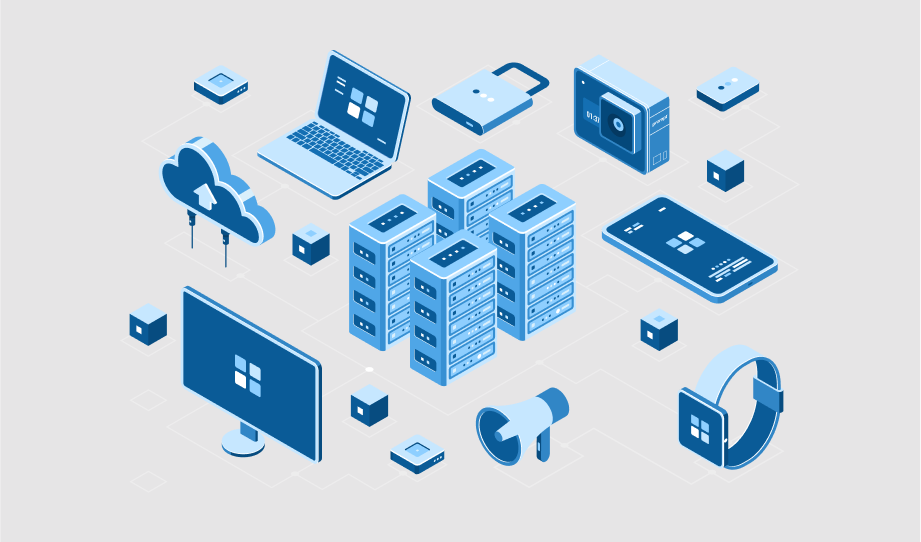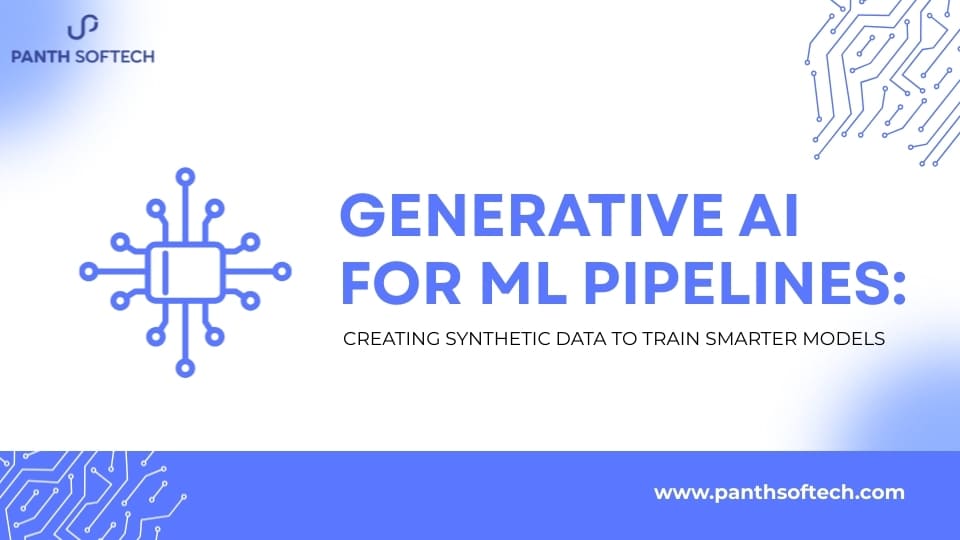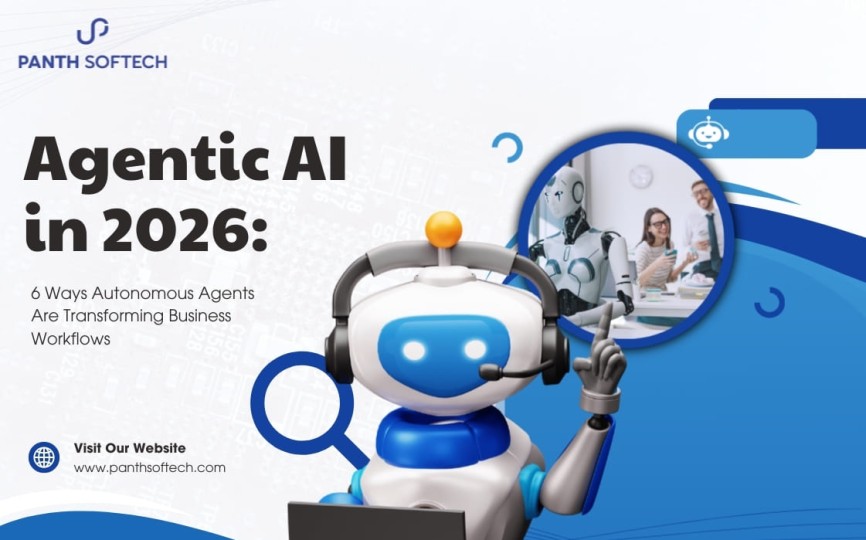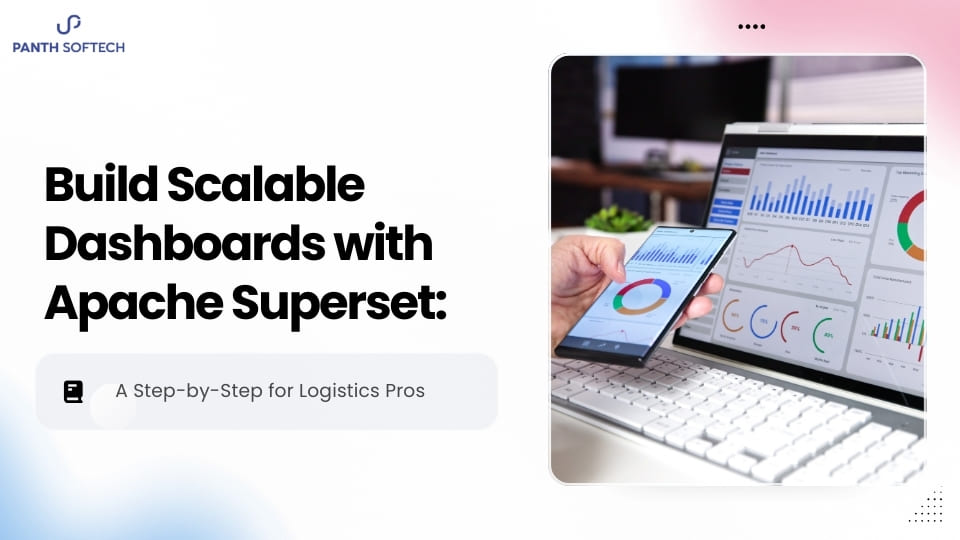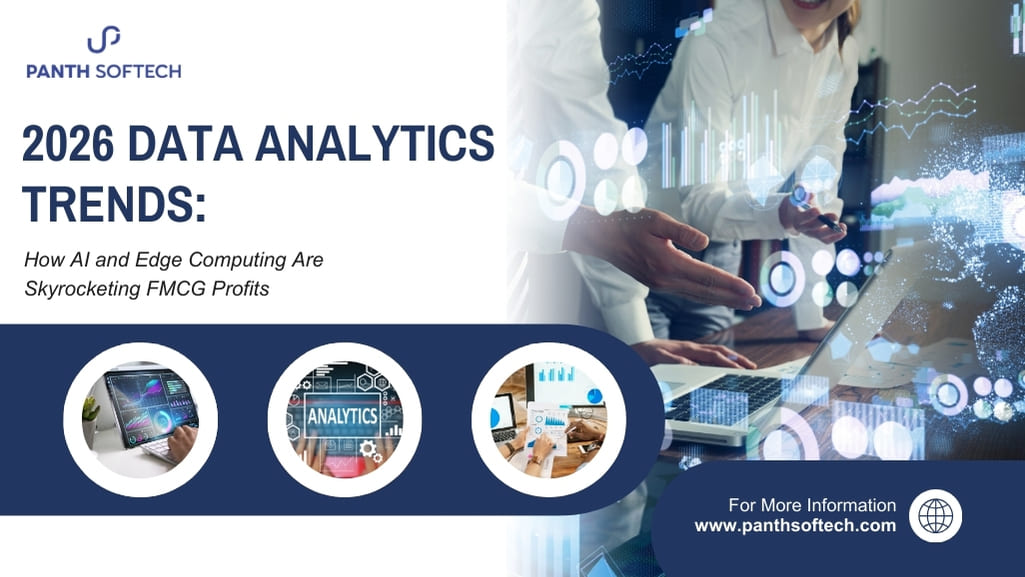If you have adopted IoT and are developing an IoT-connected device, you may wish to do some valuable computation to resolve the important issues that have been hindering growth. You might be desiring to install sensors in remote locations, create a device that can do data analytics to watch a renewable energy source, or develop health-related devices that can detect the early signs of diseases.
While creating the IoT-enabled device or IoT solution, at some point, you might get into a dilemma where you have to choose between edge or cloud computation. But what would be best for your device? Where should your device do the valuable computations in the cloud or at the edge?
Selecting between computing on edge or cloud can be an impacting decision, like it can influence a device’s efficiency or cost. Therefore, everyone does great research and thinks twice to avoid the cost of making the wrong decision and then the money spent correcting it.
What is Cloud Computing?
Cloud- It is a collection of servers accessed over the internet. Some renowned cloud providers are Microsoft Azure, Amazon Web Services, and Google Cloud.
These servers offer on-demand computing resources for data processing and storage purposes. You can easily say that cloud is a centralized platform for storing your files and programs, and you can easily connect any device to the cloud to access the data. Some of the cloud-based services are Dropbox or Google Drive etc.
Cloud computing is the process of doing computation in the cloud. These computations include data analysis and visualization, machine learning, and computer vision.
What is Edge Computing?
Edge is described as the “edge” of the network that includes devices at entry or exit points of the cloud, but it is not a part of the cloud. For instance, a server in a data center is part of the cloud; however, smartphones and routers that connect to that server are part of the edge.
Edge computing can be defined as the process of performing computations on edge. In this, the processing is completed closer or at the location where data is collected or acted.
One example of an edge computing process is object detection attached to an autonomous vehicle. The vehicle processes the data from its sensors and utilizes the result to avoid obstacles. In this process, the data is processed locally rather than sent to the cloud.
What are the points to be considered?
Before opting between edge and cloud computing, a few key questions must be considered.
Quality of Your Device’s Network
Conducting computation on the cloud can be beneficial if you have high bandwidth, low latency, and a sturdy connection to the internet, as you’ll have to send your data back and forth between cloud servers and your devices. If you have to use your device, for example, in an office or home with a steady internet connection, this back and forth can be done seamlessly. In most cases, if computation is conducted on edge, it won’t be affected by the bad or lost internet connection in a distant place. The processing can continue as it is not performed in the cloud. You would never want your vehicle’s objection detection to be failed while driving on the road. It is one of the reasons why autonomous vehicles perform computations like object detection on edge.
How Swift and How Often Does Your Data Need to be Processed?
Edge computing can be best suited in cases where customers demand response times from devices prompt than waiting for it in a decent network connection, such as monitoring components of the device.
The latency of the travel time between the cloud and the device can be minimized or eliminated. It means data can be processed immediately. It implies that if data processing is quick, one can achieve real-time responses from the devices. Cloud computation is also useful when device use is unsteady. For example, smart home devices running computation in the cloud allows sharing of the same computing resources between multiple customers. This decrease costs by restraining the need to provide the device with upgraded hardware to run the data processing.
What Part of Your Data is Crucial to You?
Computing on edge is helpful if you are only concerned about the result of your data after it has been processed. One can only send only important things for long-term storage in the cloud, which may cut down the expense of data storage and processing in the cloud. Suppose you are developing a traffic surveillance device that needs to inform about the congestion situation on the road. You could pre-process the videos on edge- instead of running hours of raw video in the cloud-one can send images or clips of the traffic only when it is present.
Do you know Your Devices’ Power and Size Limitations?
If you think your device will be limited in size and power, provided it has a strong network connection, sending the computing work to be done on the cloud will permit your device to remain small and low-power. For example, Amazon Alexa and Google Home capture the audio and send it to the cloud for processing, letting complex computations run on the audio as it can not run on the small computers inside the device themselves.
Data Processing Model Your Intellectual Property?
If you are creating a device for costumer and the methods you are adopting to process data are part of Intellectual Property, you must rethink the plan to protect it. Placing your IP on your device without a proper security plan can make your device vulnerable to hacks. If you are unaware of resources to secure your IP on edge, it is best to opt for the cloud, which already has security measures.
Final Reasons for Choosing Between Edge and Cloud Computing
Hence, we can conclude that one must consider a few things when choosing between computing on edge or the cloud. In complex issues, you might find the combination of both very beneficial by leaving some parts of processing on the cloud and rest on the edge.
